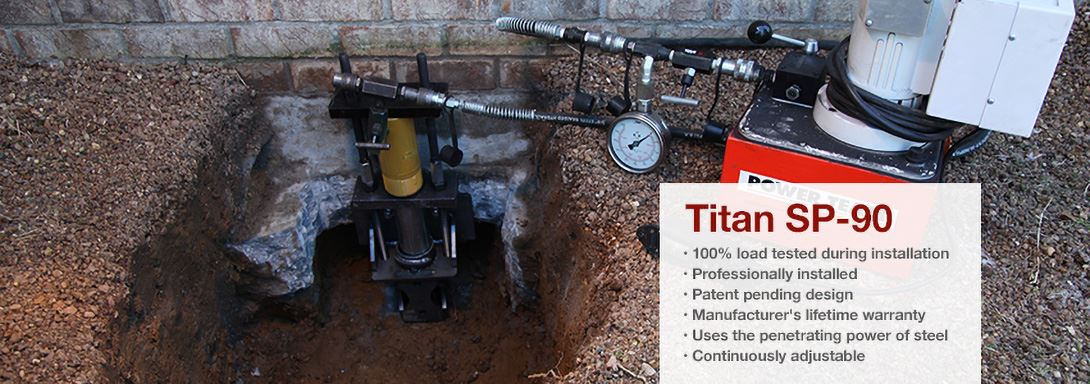It’s finally summer—good for the kids, bad for the house, in more ways than one! You might not venture out much due to the heat, but if you do, you may have noticed cracks in your foundation and cracks in the dry dirt around your home. It’s a common time of year for bricks cracking and we often see an increase in foundation repair in the hot, summer months due to the effects of dry soil on Nashville foundations. Here we will discuss why the summertime heat combined with lack of rain can cause foundation failure. We will list signs to look for in your bricks and foundation blocks, and we will reveal the most effective solution for house settlement and cracking brick.
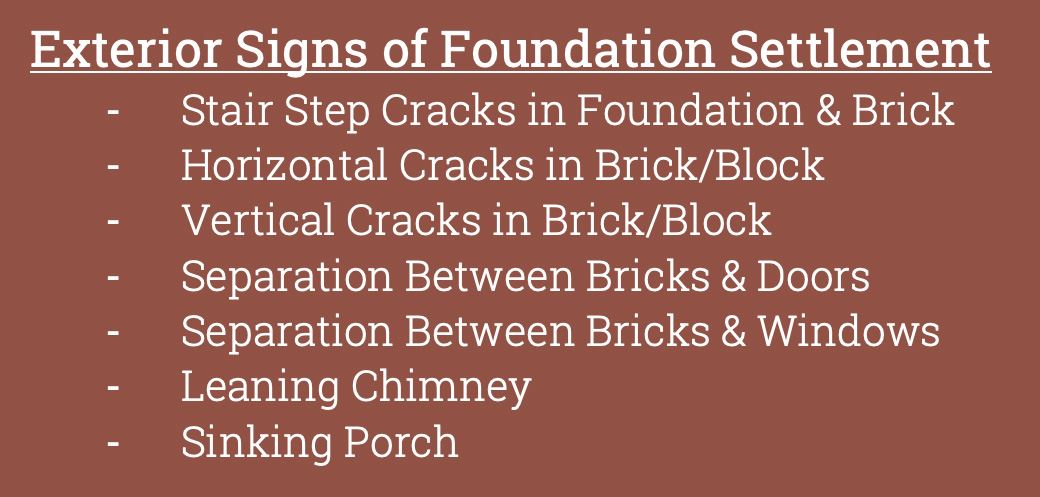 Cracks. Whether it’s cracks in brick or cracks in the ground near the foundation, it’s nothing you hope for but one of the things we look for as a foundation repair company when diagnosing foundation settlement and foundation failure. As the ground dries out in the heat, especially with a shortage of rainfall, the soil may begin to crack and split. Similar to dry skin, but on a larger scale, you can plainly see the evidence in the lack of moisture. This splitting of the soil in combination with stair step cracks in brick is a sure sign that the earth beneath the foundation is shifting from the effects of dry soil on your Nashville home’s foundation.
Cracks. Whether it’s cracks in brick or cracks in the ground near the foundation, it’s nothing you hope for but one of the things we look for as a foundation repair company when diagnosing foundation settlement and foundation failure. As the ground dries out in the heat, especially with a shortage of rainfall, the soil may begin to crack and split. Similar to dry skin, but on a larger scale, you can plainly see the evidence in the lack of moisture. This splitting of the soil in combination with stair step cracks in brick is a sure sign that the earth beneath the foundation is shifting from the effects of dry soil on your Nashville home’s foundation.
With this shifting and dehydration of soil comes settlement. As the earth’s composition shrinks due to the lack of moisture, pockets of air begin to form in the soil. Some pockets near the surface manifest as cracks in the dirt and can make it appear as though the soil is pulling away from the house, leaving a gap between the dry ground and the structure’s foundation. When a void like this exists, it prompts movement of the soil beneath the structure, which in turn causes the house to settle. Because these air pockets and cracks in the soil are not uniform, the house settles unevenly, causing foundation stair step cracks in foundation block, and sometimes vertical or horizontal cracks in brick around your home. And there’s your partial lesson on what we call differential settlement and expansive soil, which you can learn more about in Cracks in a Brick Wall: Causes, Repair, and Prevention.
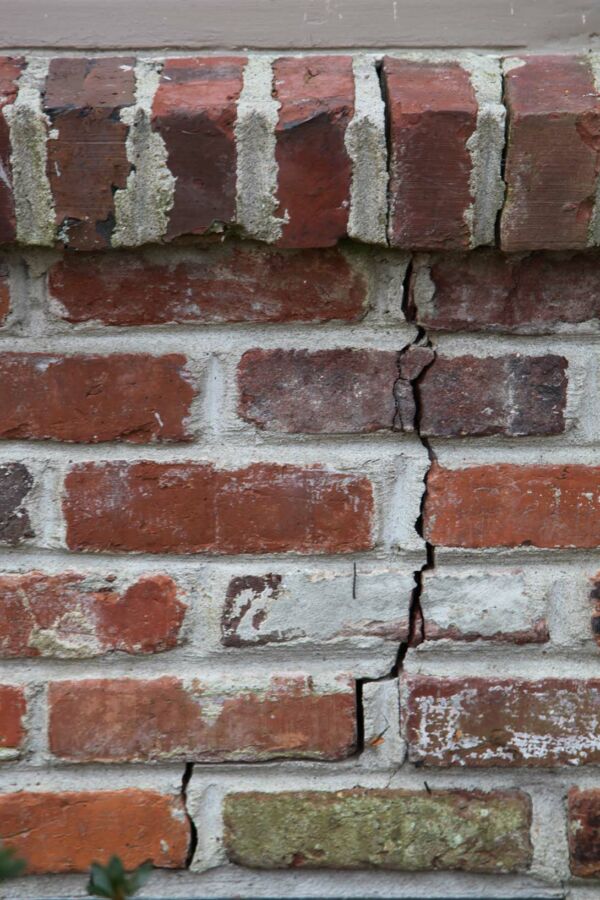
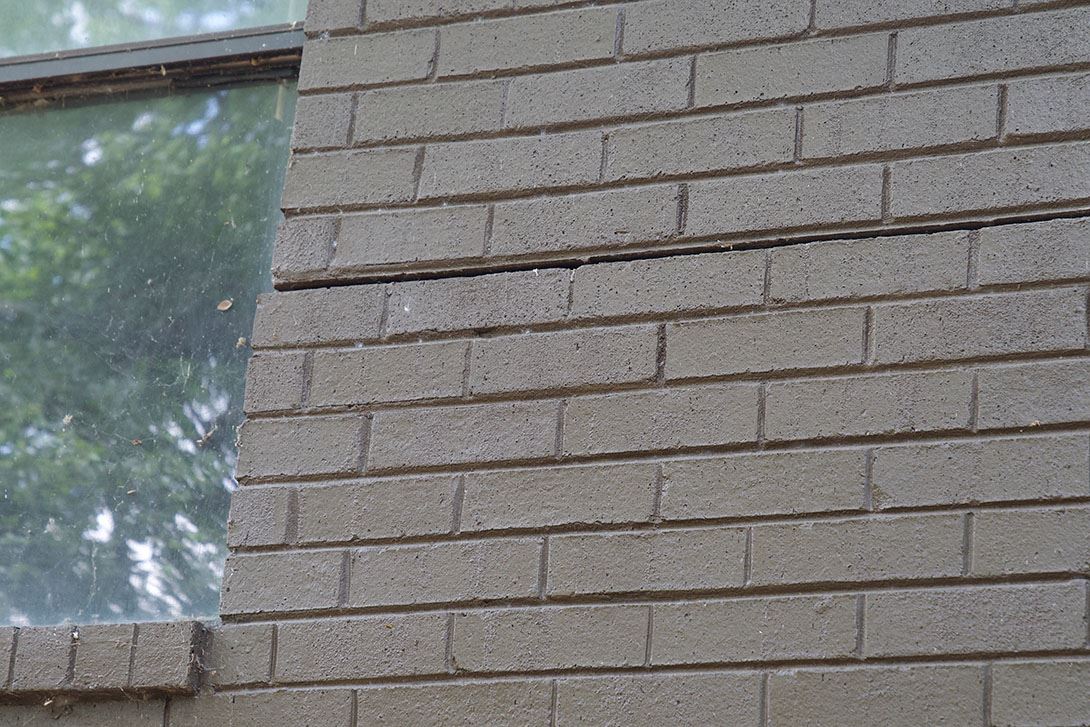
With expansive soil, the earth’s composition is ever-changing. If the soil is too dry, it shrinks, cracks, and settles. But that same soil when oversaturated with water can expand, also moving the soil, causing settlement and other foundation problems. It appears to be an unavoidable catch-22, which is why foundation repair with a lifetime guarantee is key.
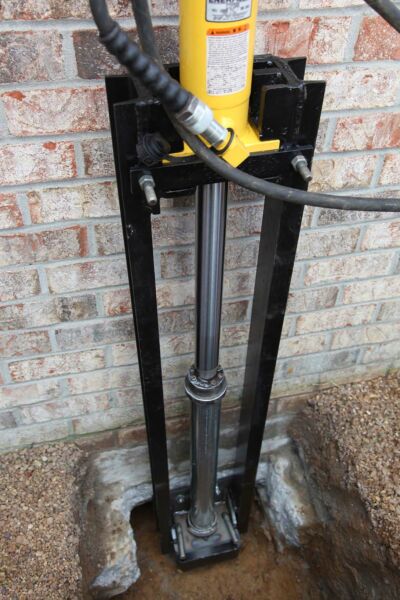
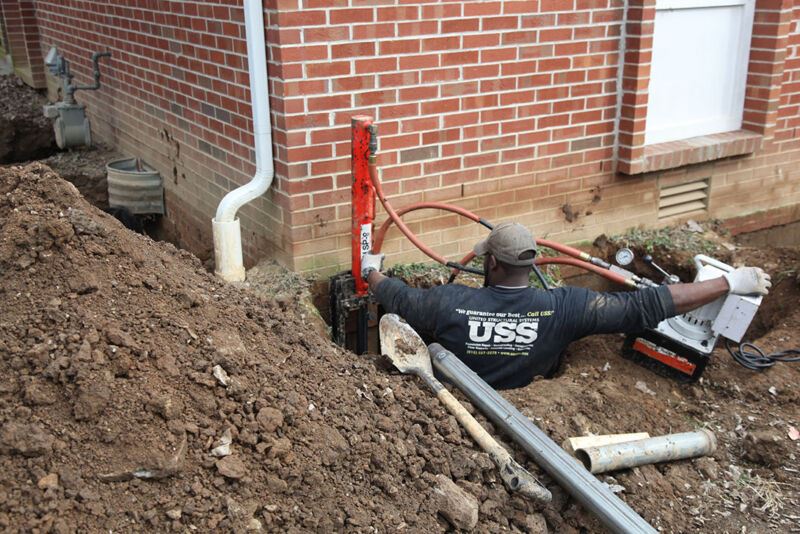 Underpinning a house—supporting a structure below ground level with stronger materials like USS steel foundation piers—is the proven, effective way to secure a property that is experiencing settlement from the shrinkage of dry, expansive soil. Installing foundation piers not only prevents further house settlement of your Nashville home, but it also strengthens the structure more than ever before. How? Steel pier metal brackets attach to the foundation and are hydraulically driven deep into the ground until they reach more stable soil, bedrock, or the point of refusal, giving the house added support for its load and a new, solid foundation. Despite the changing dirt surrounding your home, steel pier installation improves the integrity, strength, and reliability of your foundation.
Underpinning a house—supporting a structure below ground level with stronger materials like USS steel foundation piers—is the proven, effective way to secure a property that is experiencing settlement from the shrinkage of dry, expansive soil. Installing foundation piers not only prevents further house settlement of your Nashville home, but it also strengthens the structure more than ever before. How? Steel pier metal brackets attach to the foundation and are hydraulically driven deep into the ground until they reach more stable soil, bedrock, or the point of refusal, giving the house added support for its load and a new, solid foundation. Despite the changing dirt surrounding your home, steel pier installation improves the integrity, strength, and reliability of your foundation.
Stop the house settlement in the Nashville area from dry, summer soil with USS lifetime warrantied steel pier installation. If you live in Middle Tennessee, Southern Kentucky, or Northern Alabama and are experiencing brick cracking, cracks in the foundation block, or foundation settlement, contact USS today for a free estimate. We’re here to help you strengthen the integrity of your home’s foundation and provide peace of mind as the seasons change.
